Trending:
What does a Labubu doll say about this generation?
Bizarre, horrendous, childish, freaky are just some of the words generously tossed around by those still struggling to wrap their head around the phenomenon.News Arena Network - Chandigarh - UPDATED: June 23, 2025, 01:42 PM - 2 min read

Image: X
Before the world was made to grapple with Labubu dolls, fiercely divisive opinions were usually reserved for issues like immigration and climate change policies. However, lately the world has had to grapple with losing its collective mind over a creature whose identity is still questionable – is it a hideous gremlin or a toy mart doll for a life-sized version of which, some are even ready to fork out $150,000.
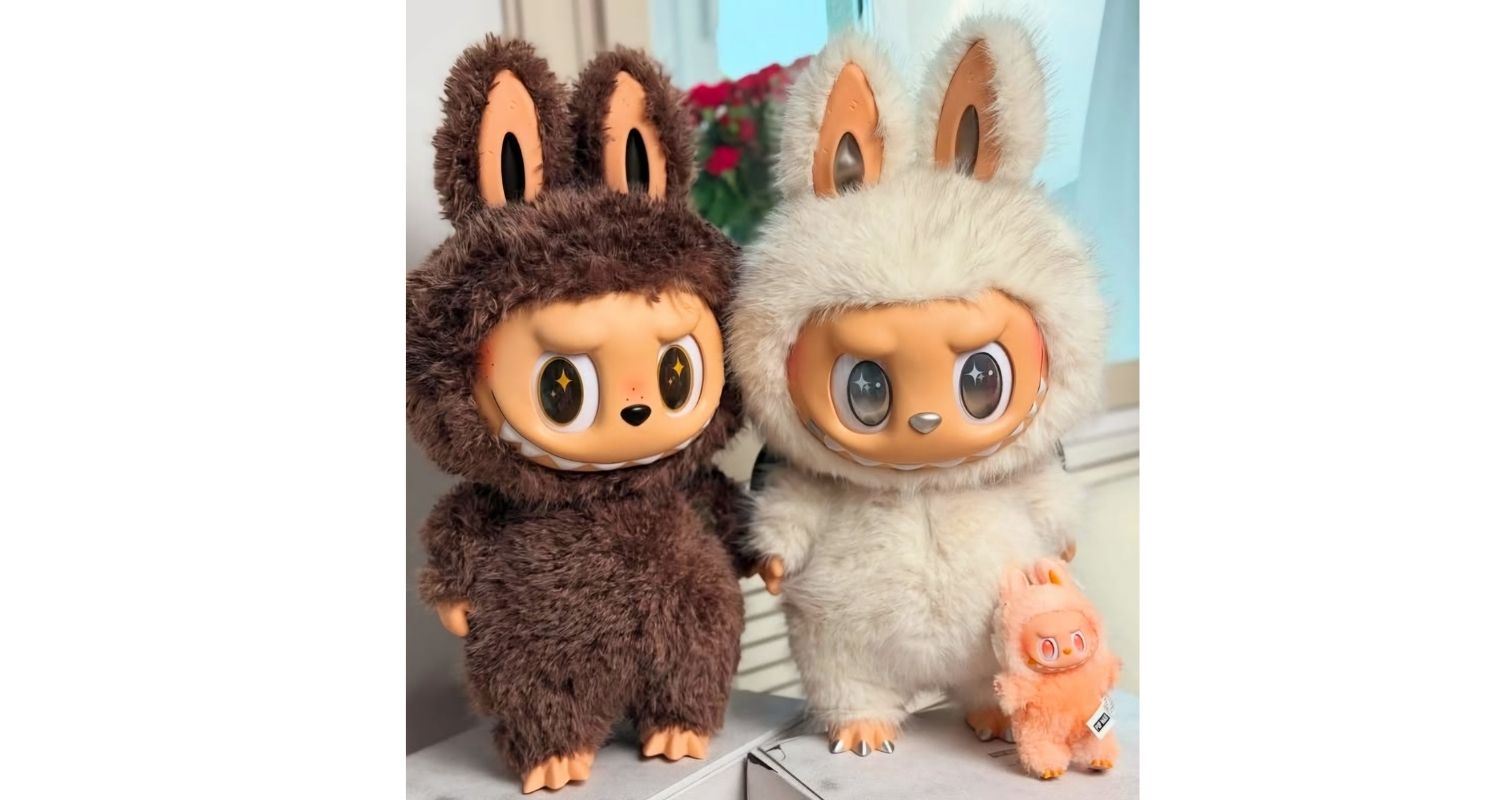
Bizarre, horrendous, childish, freaky are just some of the words generously tossed around in the comments sections by those still struggling to wrap their head around the phenomenon.
A Labubu doll neither comes equipped with robot-like qualities nor comes studded with precious gemstones. For the uninitiated, it can pass off as any regular soft toy animal on display at a toy mart. A doll with unkempt hair and monster teeth. Those falling at the other end of the spectrum of opinions are ready to shell out anywhere starting at US$ 30 and up to $900 depending upon the scarcity and symbolic value of the figurine. Last week, a 131 cm (4ft 4in) version of the doll was sold at the Yongle International Auction in Beijing for over $150,000 making it the most expensive toy of its kind in the world.
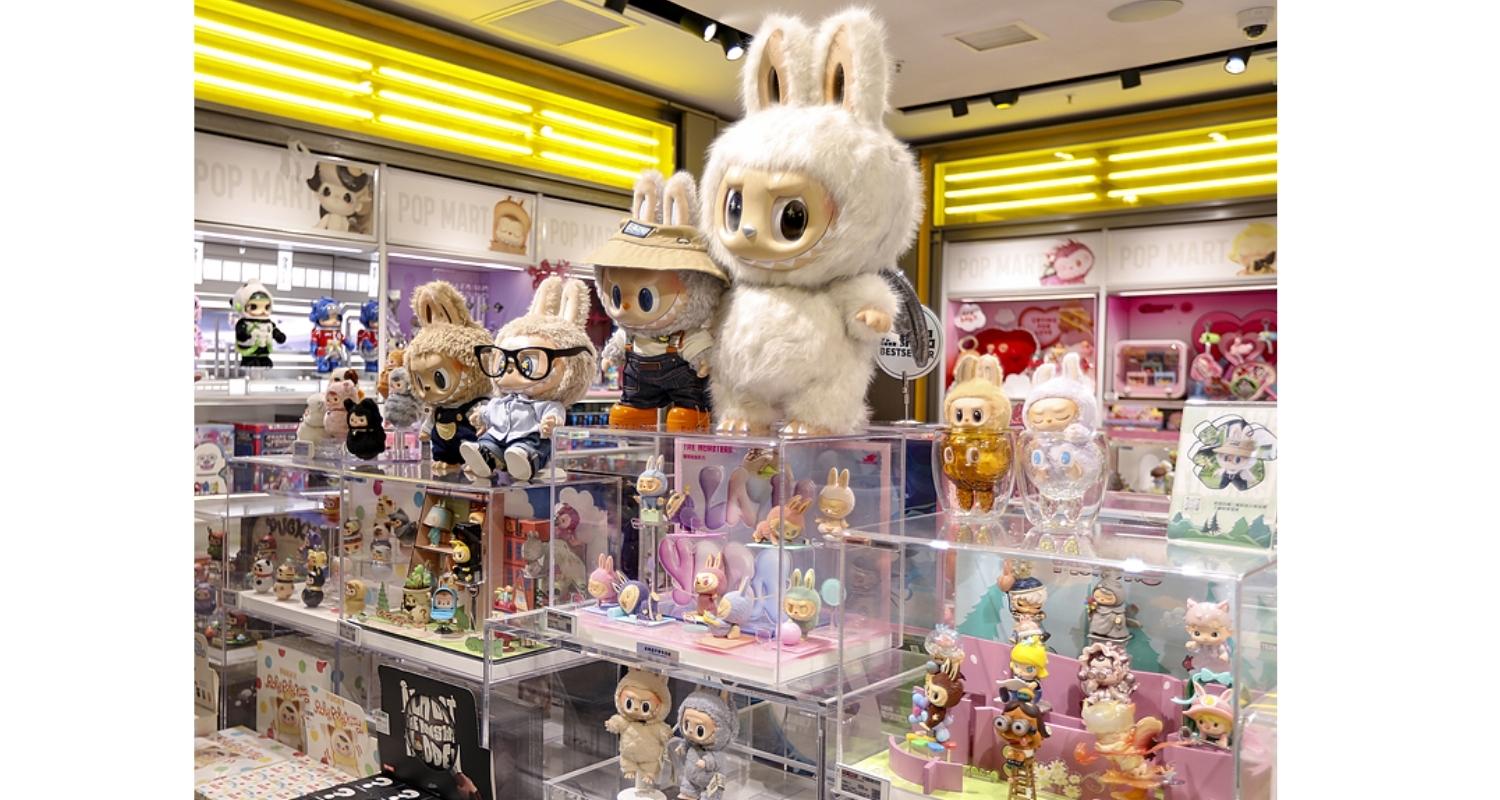
Hate or love it, can’t ignore it
Of all the obsessive trends to have taken over the consumer-driven markets, Labubu doll has by far been the most debated and indisputably viral. So much so that the toy has made its maker Wang Ning the 10th richest man in China and also the youngest billionaire. But how did things get to this?
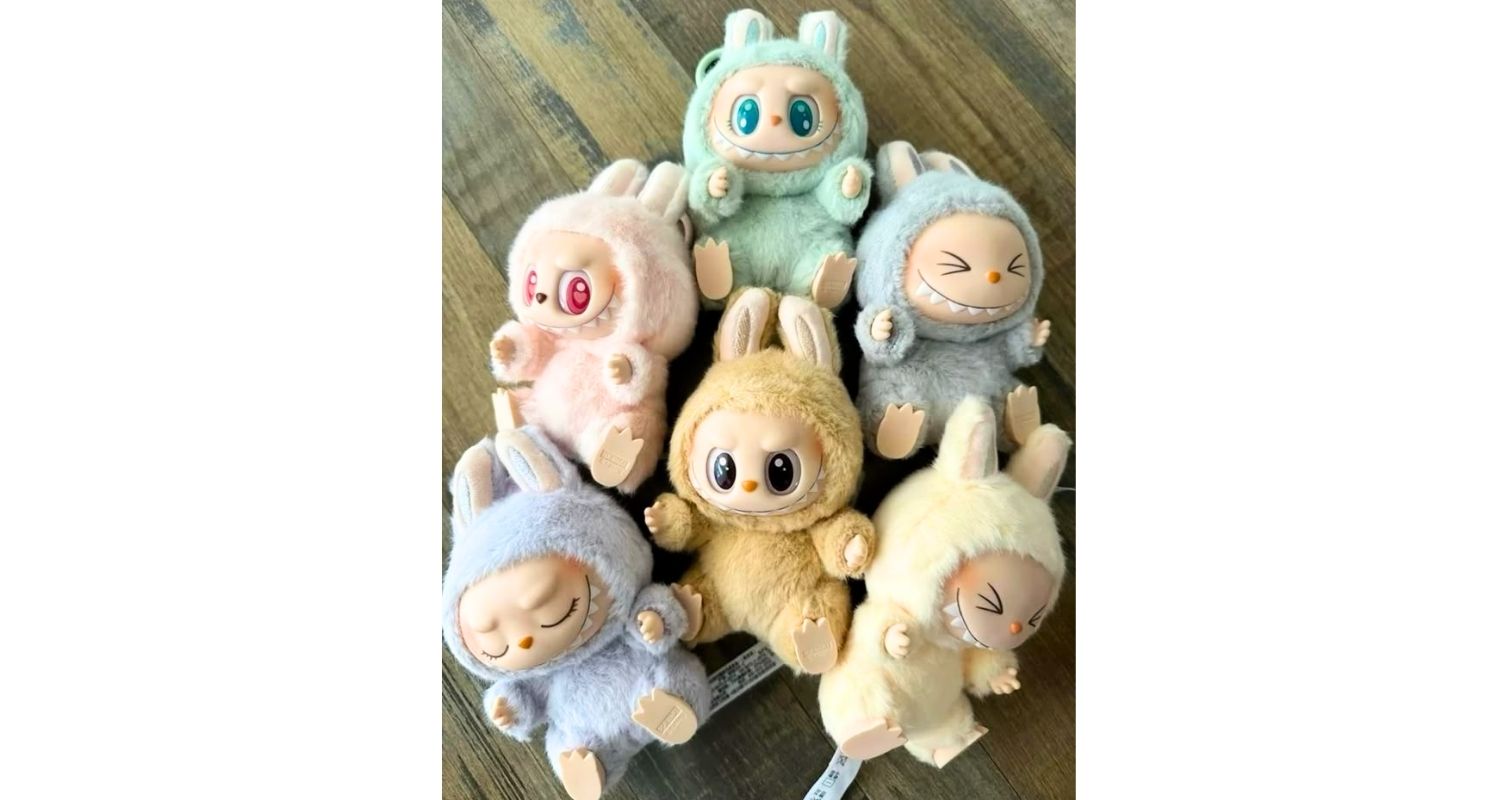
The dolls, pretty much like any other viral trend of the times, have gone through the usual route of being spotted on K-pop, followed by exploding on Tik-tok and finally being endorsed by Hollywood celebrities before becoming the coveted, must-have accessory across the globe.
Also read: How sleepover parties are dying a slow, but steady death
Created by Hong Kong artist Kasing Lung, Labubu, the fictional character inspired by Nordic mythology first entered the toy industry in 2015. In interviews with Chinese media, Lung has credited his exposure to graphic novels during early childhood as the creative inspiration behind the figures. “I liked to read storybooks and was influenced by European elf legends,” adds Lung who has also published three graphic novels based on Labubus.
Chunky sneakers, Stanley quenchers, micro bags, all sparked a global frenzy on the internet first. Labubu dolls frequently appeared in social media posts by Lisa from the K-pop group BlackPink. At a more influential level, the figurines have been spotted dangling from the bags and luggage of the likes of Rihanna, Dua Lipa and Cher.

The stories of customers fighting over the figurines earlier this year in the UK broke the internet. Following which its original maker PopMart pulled the dolls from the UK stores. The collectibles are sold by the Chinese retailer in “blind boxes” lending a touch of mystery and thrill to the purchase. Wang Ning, founded the first Pop Mart store in 2010 and by 2020 the company debuted on the Hong Kong stock exchange. Cut to last year, the firm’s revenue, reportedly, was 13 billion yuan and it opened new stores in five countries, including Italy and Spain.
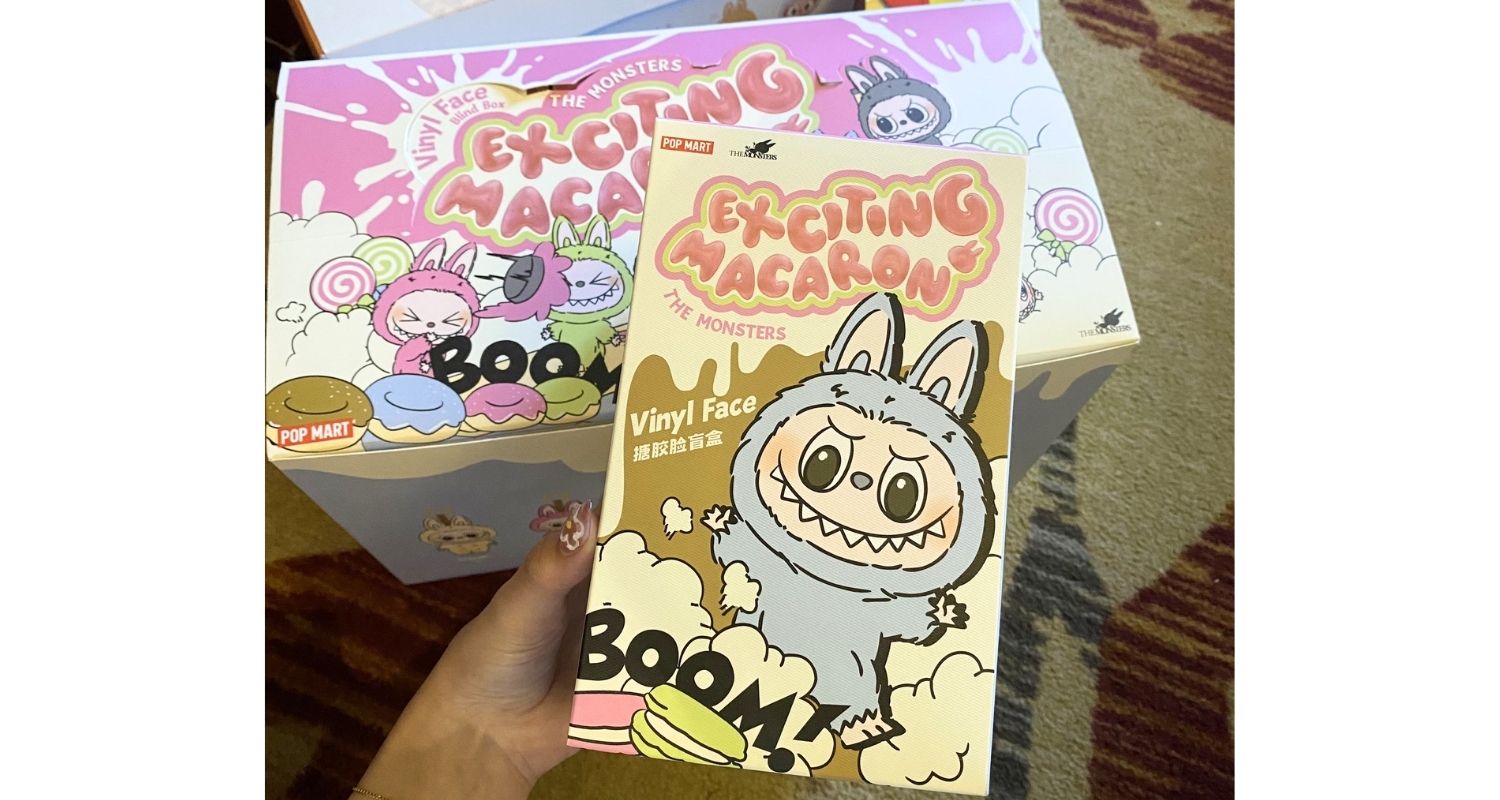
What does their success say?
A marketing win or a psychological ploy, the success of Labubu dolls is more reflective of today’s generation than the boardroom rolling out its next line of dolls. Toy companies making billions is not news, just as toys being a staple favourite of generations or achieving cult status is nothing new. However, overnight virality and exploding balance sheets calls for a critical evaluation. Taking note of the addictive nature of the toy, this month, the Chinese government banned the sale of blind boxes to children under the age of eight. Not the only regulatory rule facing the toymaker.
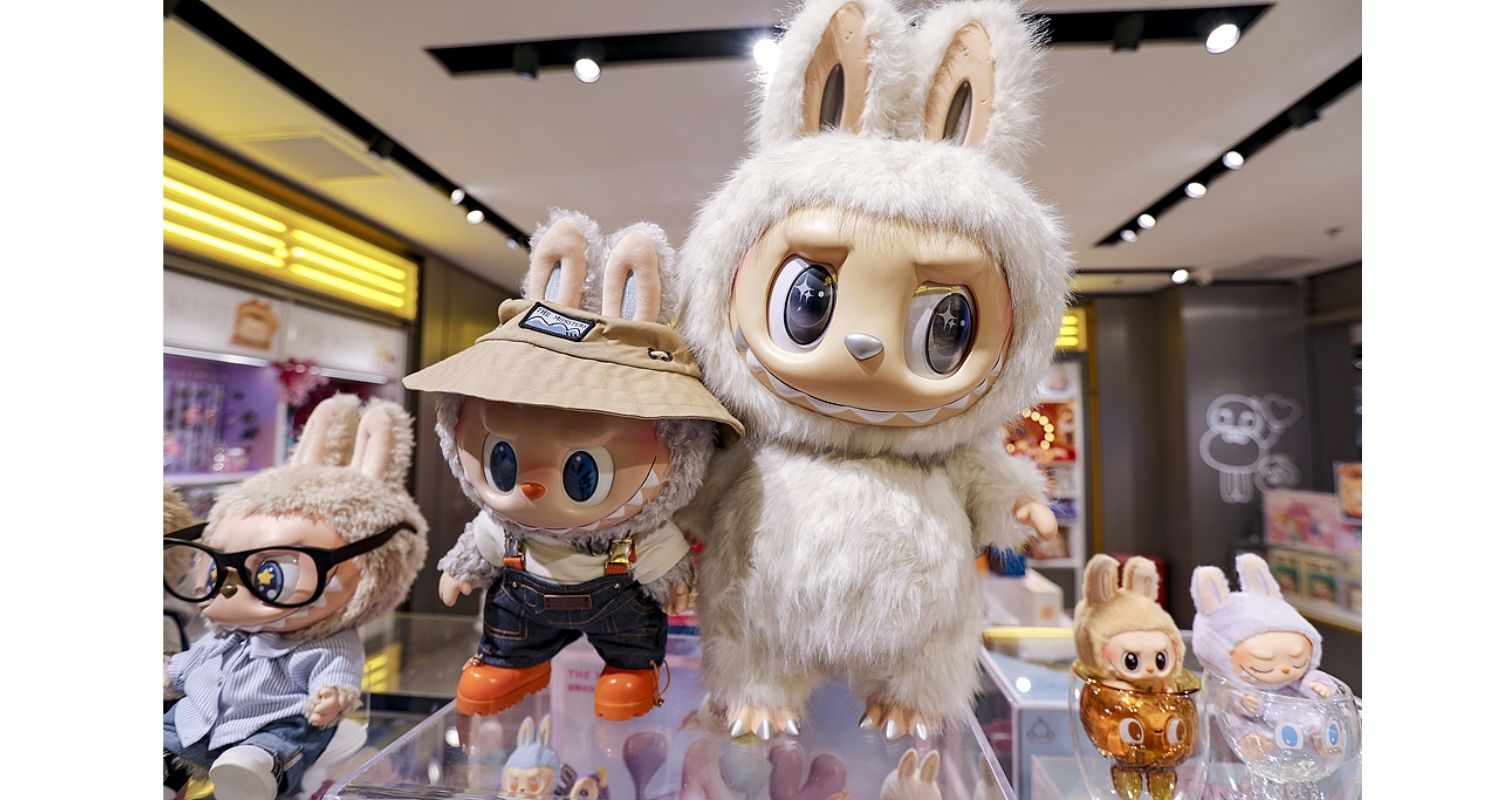
Chinese authorities have earlier also banned domestic banks from luring customers with the gift of Labubu dolls. The regulatory guidance came after a Shenzhen-based bank ran a promotion offering Labubu dolls to its new customers who deposit at least 50,000 yuan. The regulations give a peep into the wide range of customers, from eight-year-olds to young adults with purchasing power.
Pop Mart PR executives have done overtime trying to justify the craze with the saying, “It isn’t just a toy. It’s a collectible.” That doesn’t nearly explain the world losing its collective mind. Maybe it’s the appeal of being in stark contrast to the impossibly perfect Barbie doll of the previous generation.
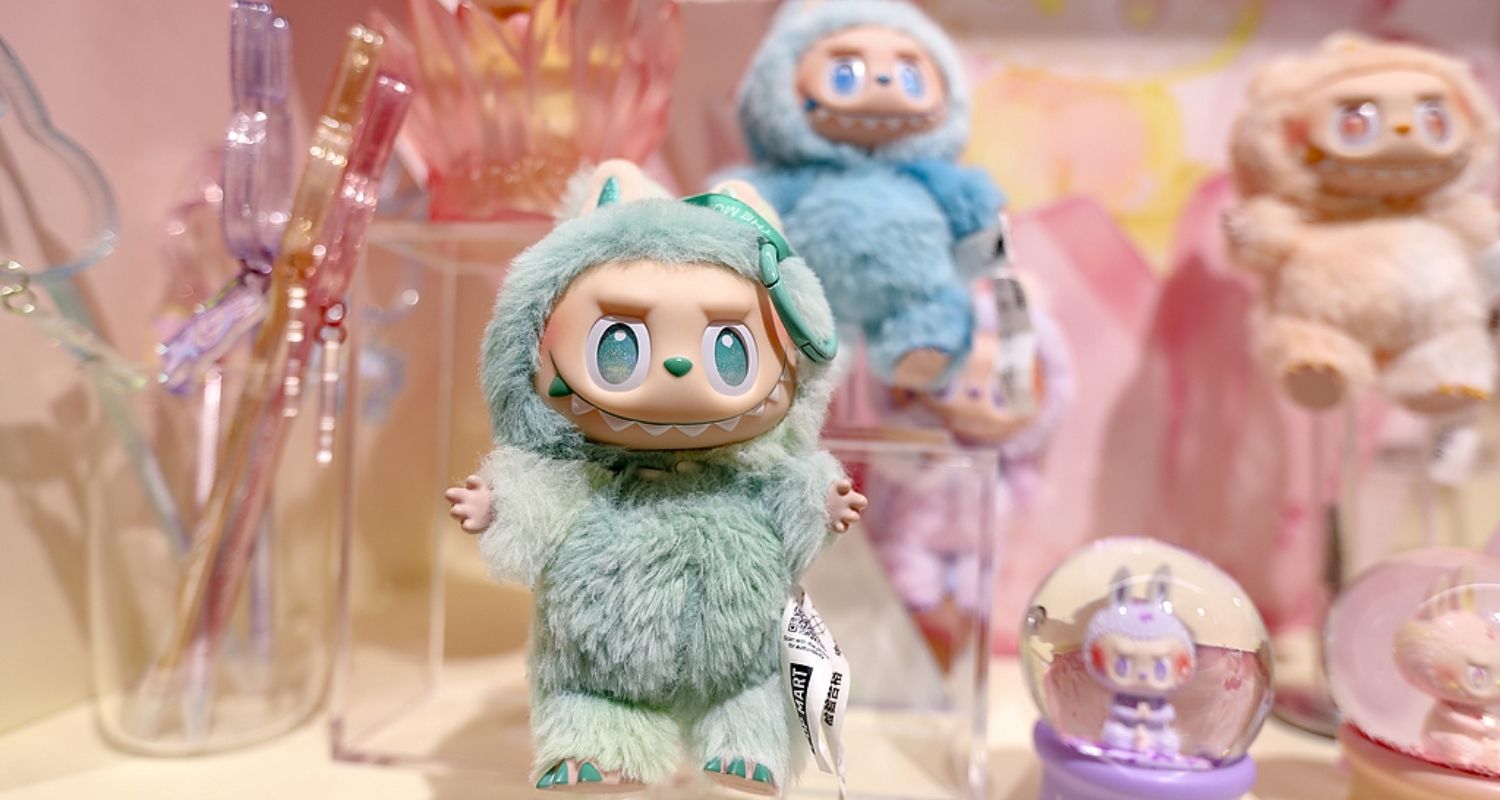
“It’s like a revenge plot on perfection, like ugly is cool, unique is charming and imperfect is cool” reads a comment underneath a blog trying to figure out the psychology behind their appeal. That explains how an ugly figure, a fluff ball with a monster face, hideous eyes and rabbit ears became this generation’s comfort object.
